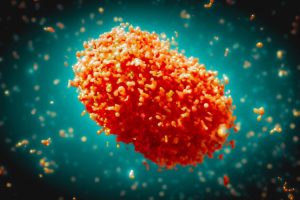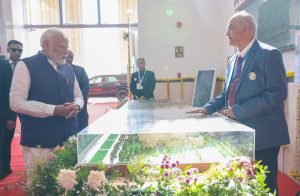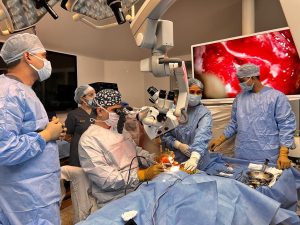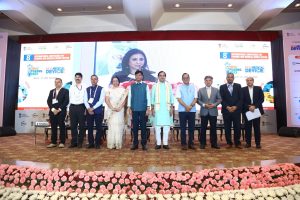India’s health expenditure share in GDP increases from 1.15 pc to 1.35 pc
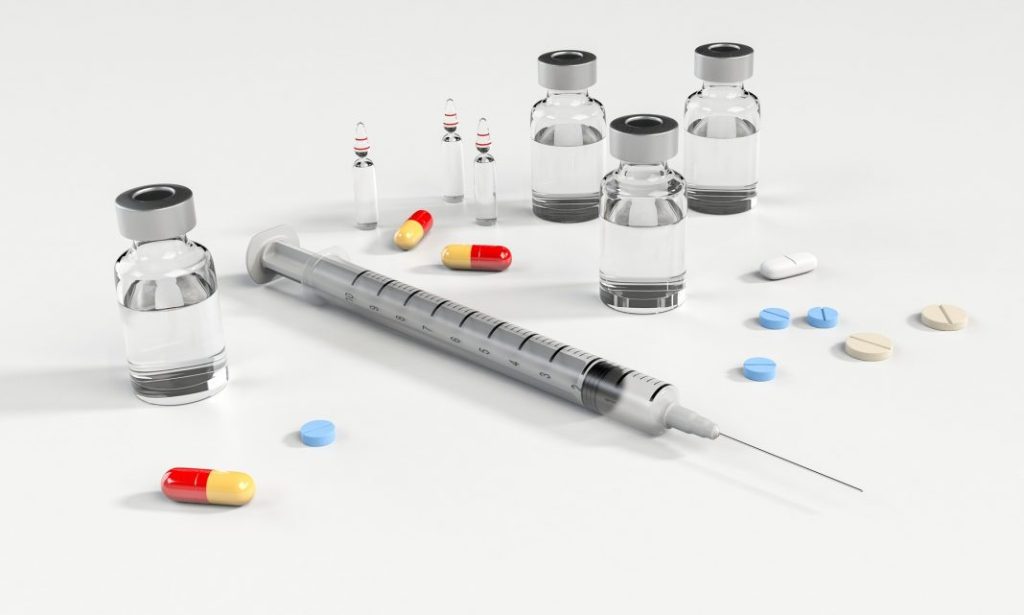

NEW DELHI: The share of the government of India’s health expenditure in the total GDP of the country has increased from 1.15 per cent (2013-14) to 1.35 per cent (2017-18), according to the National Health Accounts Estimates for India released on Monday.
According to the report, per capita out-of-pocket expenditure has declined from Rs 2,336 to Rs 2,097 from 2013-14 to 2017-18.
The share of the government’s health expenditure in the total health expenditure has increased to 40.8 per cent (2017-18) from 28.6 per cent (2013-14), the NHA report for 2017-18 said.
This is the fifth consecutive NHA report produced by the National Health Systems Resource Centre (NHSRC), designated as the National Health Accounts Technical Secretariat (NHATS) in 2014 by the Union health ministry.
The NHA estimates are prepared by using an accounting framework based on internationally accepted System of Health Accounts 2011, provided by the World Health Organisation (WHO).
The 2017-18 NHA estimates not only show the government’s expenditure on health exhibiting an increasing trend but also growing trust in the public health care system, the health ministry said.
With the present estimate of NHA 2017-18, India has a continuous time series on NHA estimates for both government and private sources for five years since 2013-14.
These estimates are not only comparable internationally, but also enable the policy makers to monitor progress towards universal health coverage as envisaged in the National Health Policy, 2017, the ministry stated.
Union Health Secretary Rajesh Bhushan, who released the findings, emphasised that the NHA estimates for 2017-18 clearly show that there has been an increase in the share of the government’s health expenditure in the total Gross Domestic Product (GDP) of the country.
“It has increased from 1.15 per cent in 2013-14 to 1.35 per cent in 2017-18. Additionally, the share of the government’s health expenditure in the total health expenditure has also increased overtime. In 2017-18, the share of the government’s expenditure was 40.8 per cent, which is much higher than 28.6 per cent in 2013-14,” he stated.
The findings also show that the government’s health expenditure as a share of the total government expenditure has increased from 3.78 per cent to 5.12 per cent between 2013-14 and 2017-18, clearly indicating the government’s priority for the health sector in the country In per capita terms, the government health expenditure has increased from Rs 1,042 to Rs 1,753 between 2013-14 to 2017-18.
The nature of the increase in the government’s health sector is also moving in the right direction as more emphasis has been given to primary healthcare.
In per capita terms, the government health expenditure has increased from Rs 1,042 to Rs 1,753 between 2013-14 to 2017-18. The share of primary healthcare in current government health expenditure has increased from 51.1 per cent in 2013-14 to 54.7 per cent in 2017-18, according to the report.
The primary and secondary care accounts for over 80 per cent of the current government health expenditure. There has been an increase in the share of primary and secondary care in case of the government health expenditure, the ministry said.
In case of private sector, share of tertiary care has increased but primary and secondary care show a declining trend. Between 2016-17 and 2017-18 in government, the share of primary and secondary care has increased from 75 per cent to 86 per cent.
In private sector, the share of primary and secondary care has declined from 84 per cent to 74 per cent, it stated. The share of social security expenditure on health, which includes the social health insurance programme, government financed health insurance schemes, and medical reimbursements made to government employees, has increased, the ministry said.
As a per cent of the total health expenditure, the increase is from 6 per cent in 2013-14 to around 9 per cent in 2017-18. The findings also depict that the foreign aid for health has come down to 0.5 per cent, showcasing India’s economic self-reliance, it said.
The government’s efforts to improve public health care are evident with out-of-pocket expenditure (OOPE) as a share of the total health expenditure coming down to 48.8 per cent in 2017-18 from 64.2 per cent in 2013-14.
Even in case of per capita OOPE, there has been a decline from Rs 2,336 to Rs 2,097 between 2013-14 to 2017-18. One of the factors attributing to this decline is the increase utilisation and reduction in cost of services in government health facilities, the ministry stated.
If we compare NHA 2014-15 and 2017-18 there has been a decline in OOPE for government hospitals to the tune of 50 per cent, it said.
Source: Press Trust of India
